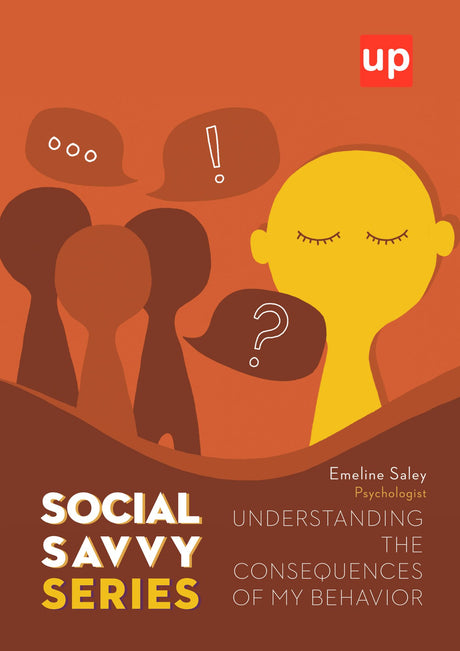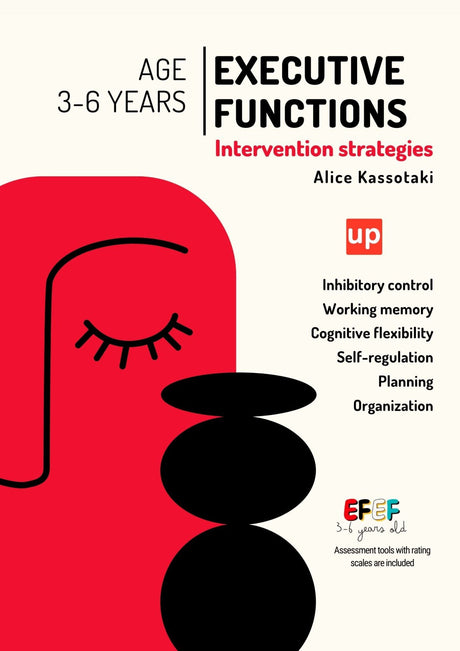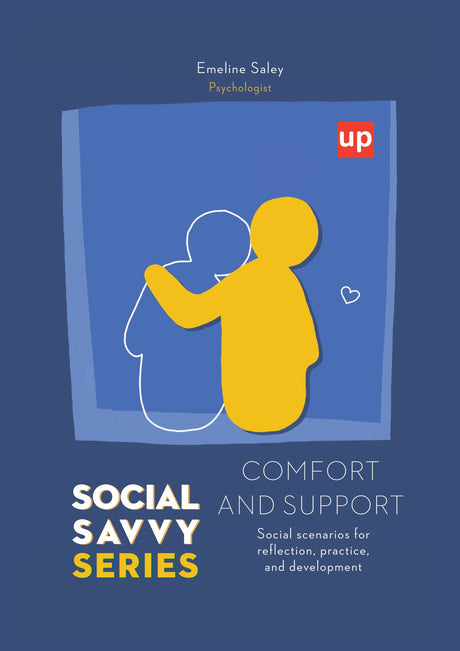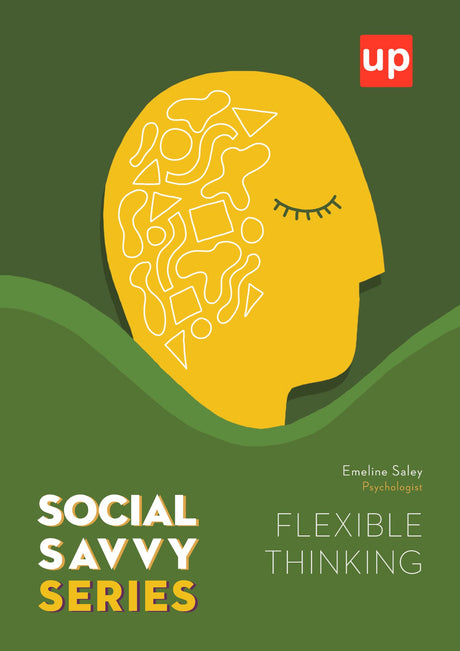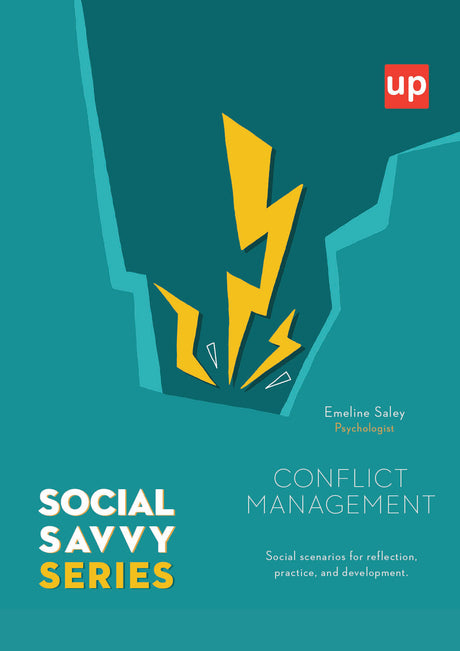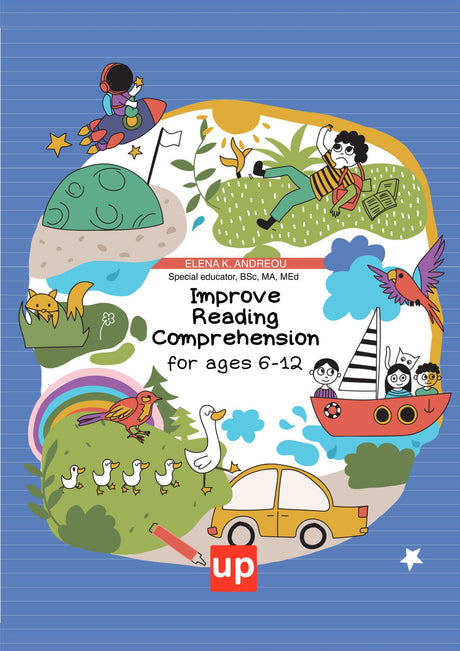I. Introduction
Angelman syndrome (AS) is a complex genetic disorder that affects the nervous system, causing developmental delays, seizures and learning difficulties. As a parent, it is vital to understand and support your child with AS to help them live a fulfilling life.
This post will provide a comprehensive guide for parents, covering the basics of understanding Angelman syndrome and offering practical advice on how to support your child through their unique challenges.
II. Understanding Angelman syndrome
 A. Definition and characteristics
A. Definition and characteristics
Angelman syndrome is a neurodevelopmental disorder caused by a disorder in the UBE3A gene, which plays a critical role in normal brain development. AS affects approximately 1 in 12,000 to 20,000 people and is characterised by developmental delays, cognitive disabilities, motor difficulties and a cheerful mood, often accompanied by frequent laughter, smiling and irritability.
B. Causes and genetics
UBE3A gene
The main cause of AS is a genetic mutation or deletion in the UBE3A gene, located on chromosome 15. This gene is responsible for the production of a protein that is essential for normal brain function and development. In individuals with AS, the maternal copy of the UBE3A gene is inactive, leading to a lack of functional protein and subsequent developmental problems.
Parental imprinting
Parental imprinting refers to the process by which certain genes are expressed differently depending on whether they are inherited from the mother or the father. In the case of AS, the UBE3A gene is imprinted, which means that only the maternal copy is active in the brain. If there is a deletion or mutation in the maternal copy, the child will develop AS.
C. Symptoms and features
Developmental delays
Children with AS often have significant developmental delays, such as crawling, walking and talking. These delays become more apparent as the child gets older and may require special interventions to help them reach their full potential.
Movement and balance problems
People with AS usually have problems with movement and balance, such as ataxia (uncoordinated muscle movements), tremor and stiff, jerky gait. These difficulties can make daily activities more difficult and may require the use of assistive devices such as walkers or wheelchairs.
Seizures
Seizures are common in people with AS, with up to 90% of affected people experiencing them. Seizures can range from mild to severe and may require medication to manage them.
Communication difficulties
AS affects communication skills, often resulting in little or no speech. Non-verbal communication, such as gestures and sign language, is usually used to help people express themselves.
Sleep disorders
Sleep disorders are common in people with AS, including difficulty falling asleep, staying asleep and frequent waking during the night. These sleep problems can exacerbate other symptoms and affect overall health.
Unique behaviours
People with AS often exhibit unique behaviors, such as frequent laughter, smiling and irritable, happy moods. They may also have a fascination with water, a strong attraction to certain textures and a tendency to clap their hands when excited.
D. Diagnosis and evaluation
Genetic testing
The diagnosis of AS involves genetic testing to detect mutations or deletions in the UBE3A gene. This test is usually done after a child has developmental delays or other features of AS.
Developmental assessments
In addition to genetic testing, children suspected of having AS will undergo comprehensive developmental evaluations to assess their cognitive, motor and language skills. These assessments help guide treatment plans and interventions.
III. Supporting your child with Angelman syndrome
 A. Medical care Regular visits to doctors
A. Medical care Regular visits to doctors
Regular visits to doctors are essential for children with AS, as they help monitor the child's overall health and development. These visits may include examinations with paediatricians, neurologists and other specialists as needed.
Management of seizures and other health problems
Managing seizures is vital for people with AS. Parents should work closely with their child's medical team to develop a treatment plan that includes appropriate medications and treatments to control seizures. Regular monitoring of the child's health is also vital to address other problems, such as gastrointestinal problems or scoliosis.
Medication and treatment options
Several medications and therapies can help manage the symptoms of AS, including anticonvulsants for seizures, melatonin for sleep disorders, and physical, occupational and speech therapies to improve motor skills and communication.
B. Training support
Individualized education programs (IEP)
An Individualized Education Program (IEP) is a legal document that describes a child's unique educational needs and the services and accommodations provided to meet those needs. Parents of children with SD should work closely with their child's school to develop an IEP that meets their child's specific challenges and goals.
Special education services
Children with AS often need special education services, such as modified curricula, additional support from teachers or therapists, and adaptations to help them succeed in school. Parents should advocate for their child's rights to ensure that he or she receives the necessary support.
Classes and adaptations
Inclusive classes allow children with DM to learn alongside their peers without disabilities. These environments provide opportunities for social interaction and promote understanding and acceptance. Accommodations, such as visual programs, extra time for homework, and assistive technology, can help children with PD thrive in the classroom.
C. Treatments and interventions
Speech therapy
Speech therapy can help people with AS develop communication skills, even if they remain non-verbal. Techniques may include sign language, the use of communication devices or visual aids to help the child express themselves and understand others.
Occupational therapy
Occupational therapy focuses on improving a child's ability to perform daily activities such as dressing, feeding and playing. For children with AS, occupational therapy may address fine motor skills, sensory processing, and adaptive strategies for independence.
Physical therapy
Physiotherapy aims to improve the child's gross motor skills, strength and balance. For individuals with AS, physical therapy may include exercises to enhance mobility, coordination and overall physical health.
Behavioural therapy
Behavioral therapy can help children with AS develop social skills, manage difficult behaviors, and cope with the emotional aspects of living with a disability. Techniques such as applied behavior analysis (ABA) or social skills training can be beneficial for people with AS.
D. Daily life and routines
Sleep strategies
Establishing a consistent sleep routine can help improve the quality of sleep for children with AS. This may include establishing a calming routine at bedtime, using white noise machines, or consulting with a sleep specialist for additional support.
Diet and nutrition
Some people with AS may benefit from certain dietary modifications, such as a gluten-free or casein-free diet, to address gastrointestinal problems. Parents should consult a dietician to determine the best approach for their child.
Exercise and physical activity
Regular exercise is essential for children with AS as it promotes overall health and well-being. Activities such as swimming, cycling or adapted sports can help improve motor skills and provide opportunities for social interaction.
Developing social skills
Encouraging the development of social skills is vital for children with AS. Participating in play sessions, support groups or inclusive activities can help children to build friendships and enhance their sense of belonging.
Encouraging independence
Promoting the independence website is vital for children with AS as it helps build confidence and self-esteem. Parents can support their child's independence by teaching self-care skills, providing opportunities for decision-making and setting realistic expectations of their child's abilities.
IV. Connecting with other families and resources
 A. Support groups and networks
A. Support groups and networks
Connecting with other families affected by DM can provide invaluable emotional support, practical advice and a sense of community. Local and online support groups can provide a safe space to share experiences, ask questions, and learn from others who understand the unique challenges of raising a child with DM.
B. Local and national organizations
There are numerous organizations dedicated to providing resources, advocacy and support for families affected by AS. These organizations often provide educational materials, organize conferences and workshops, and fund research for improved treatments and potential cures. Some examples include the Angelman Syndrome Foundation and the National Organization for Rare Disorders.
C. Online forums and social media communities
Online forums and social media groups can provide an additional level of support and connection for parents of children with DM. These virtual communities allow parents to share their experiences, seek advice and connect with others facing similar challenges.
D. Upcoming events and conferences
Attending AS-focused events and conferences can provide valuable opportunities for learning, networking and advocacy. Parents can stay up to date on the latest research, treatments, and best practices by attending these meetings.
V. Advocacy for your child
A. Understanding your child's rights
As a parent of a child with PD, it is important to understand your child's rights under federal and state laws, such as the Individuals with Disabilities Education Act (IDEA) and Section 504 of the Rehabilitation Act. These laws ensure that children with disabilities receive the necessary supports and accommodations to succeed in school and other settings.
B. Communication with educators and health professionals
Maintaining open and honest communication with your child's teachers and health care professionals is vital to effective advocacy. Sharing information about your child's strengths, challenges, and unique needs can help create a supportive environment and ensure that he or she receives the best possible care and education.
C. Establish a support team
A strong support team is essential for successful advocacy. This group may include family members, friends, teachers, health professionals, and therapists who can offer guidance, advice, and encouragement as you face the challenges of parenting a child with AS.
D. Raising awareness and fighting for change
Parents can play an important role in raising awareness about AS and advocating for improved research, treatments and support services. By sharing your story, participating in awareness campaigns and communicating with policy makers, you can help create positive change for the AS community.
VI. Conclusion
 Understanding and supporting your child with Angelman syndrome is vital for their growth, development and overall well-being. By educating yourself about the disorder, supporting your child's needs, and connecting with the AS community, you can help your child thrive despite the challenges they face.
Understanding and supporting your child with Angelman syndrome is vital for their growth, development and overall well-being. By educating yourself about the disorder, supporting your child's needs, and connecting with the AS community, you can help your child thrive despite the challenges they face.
Original content from the Upbility writing team. Reproduction of this article, in whole or in part, without credit to the publisher is prohibited.




